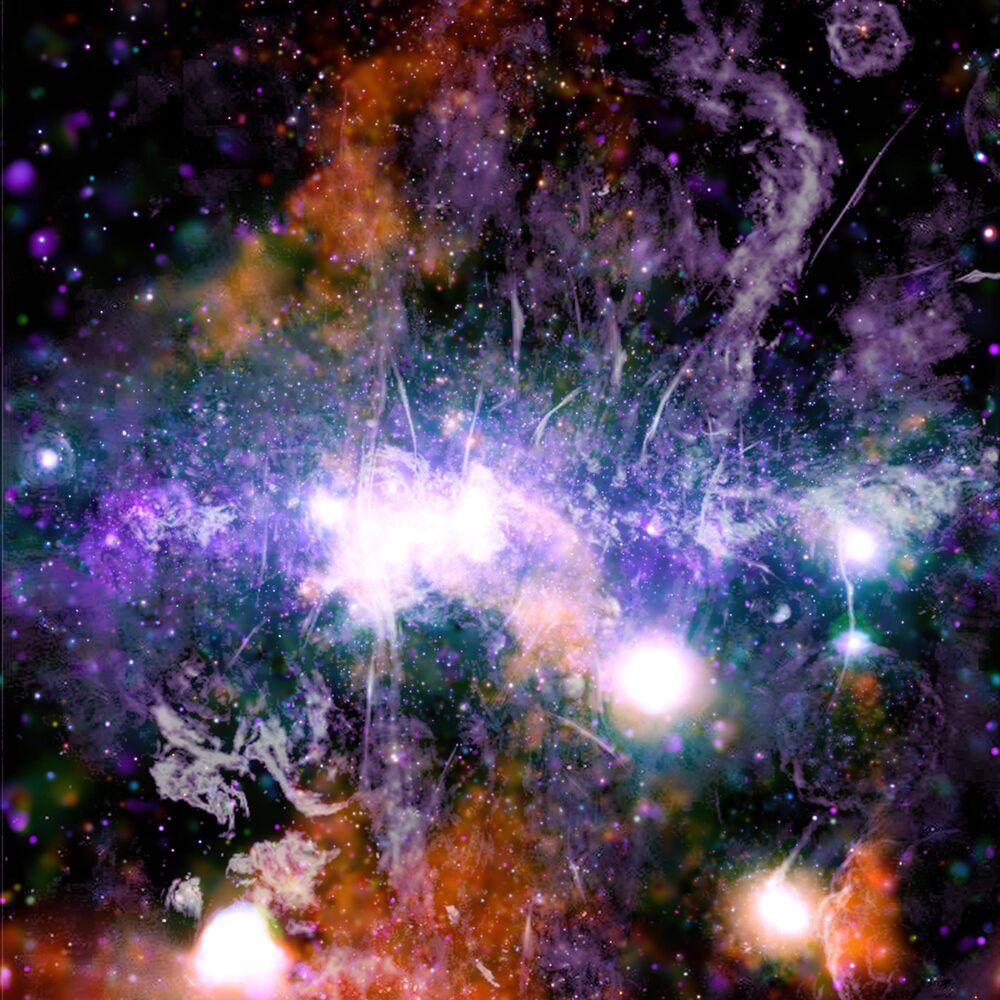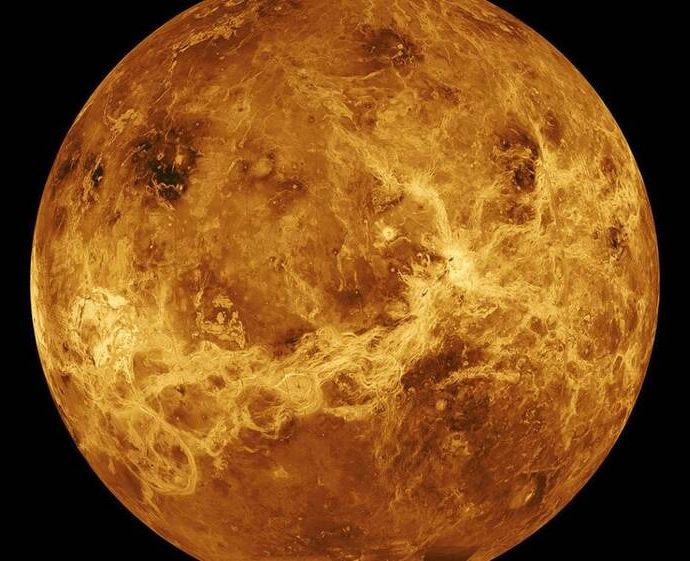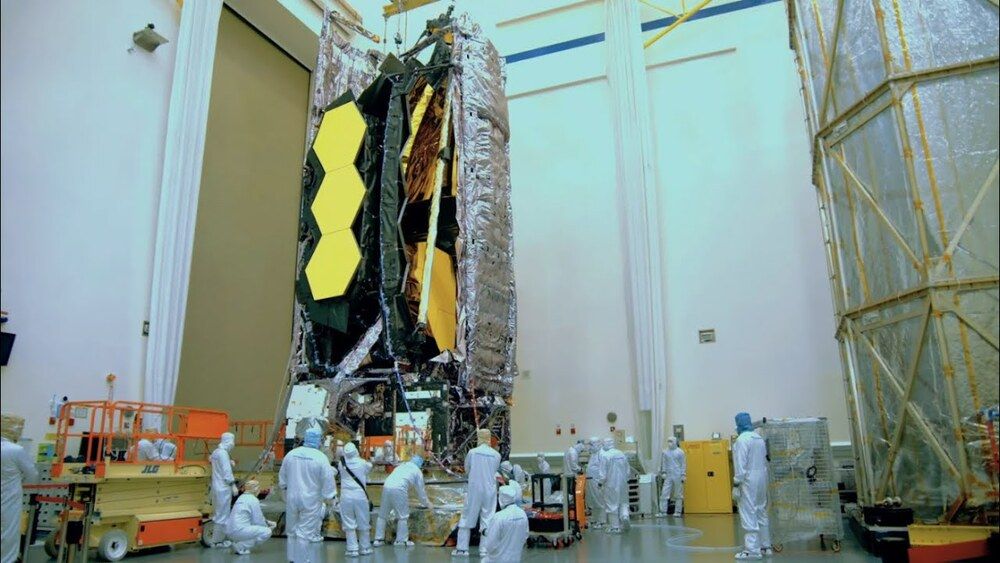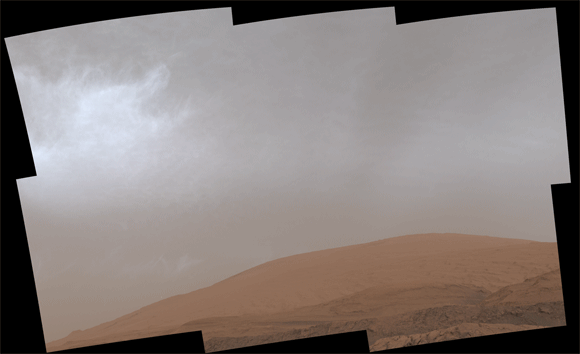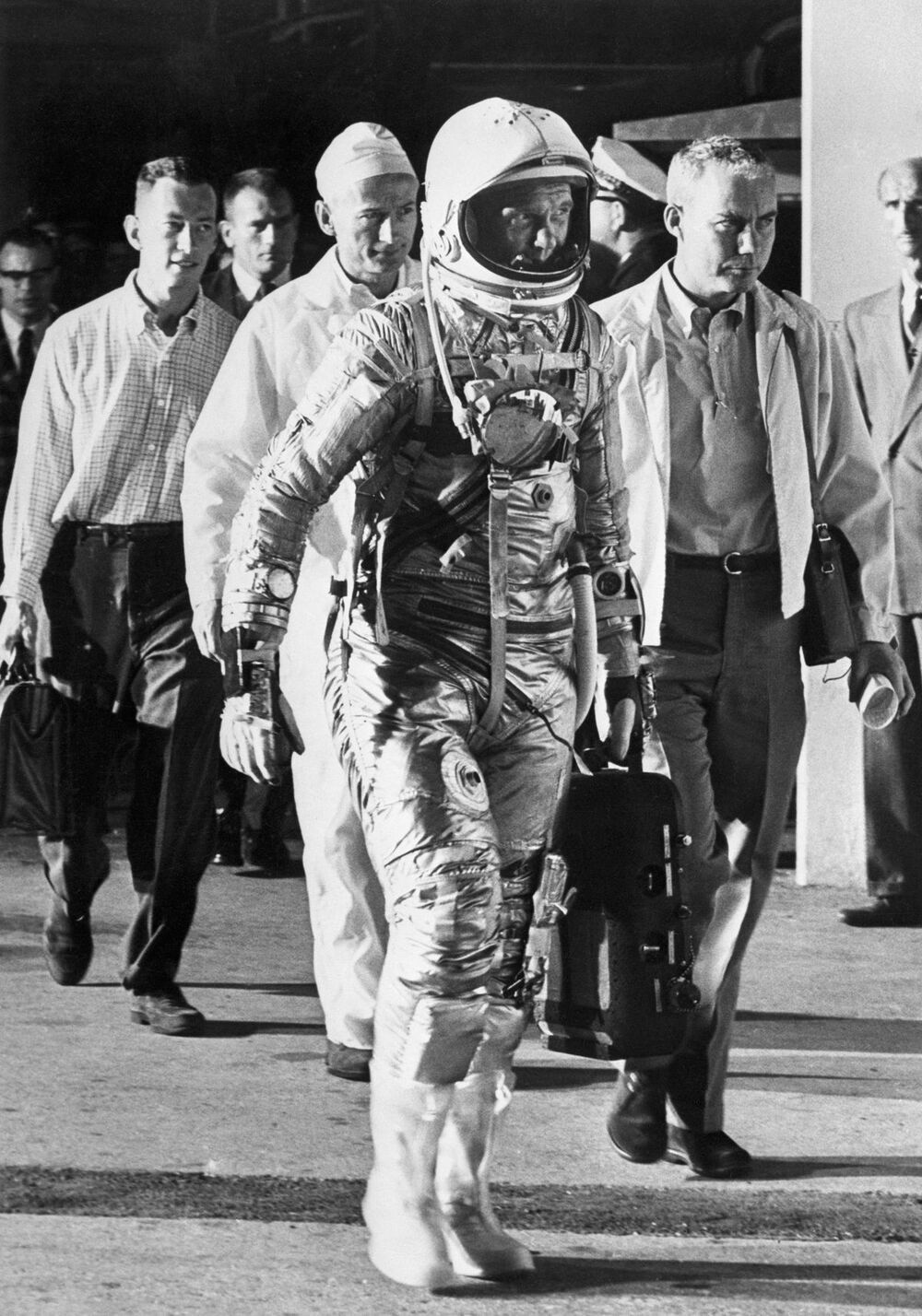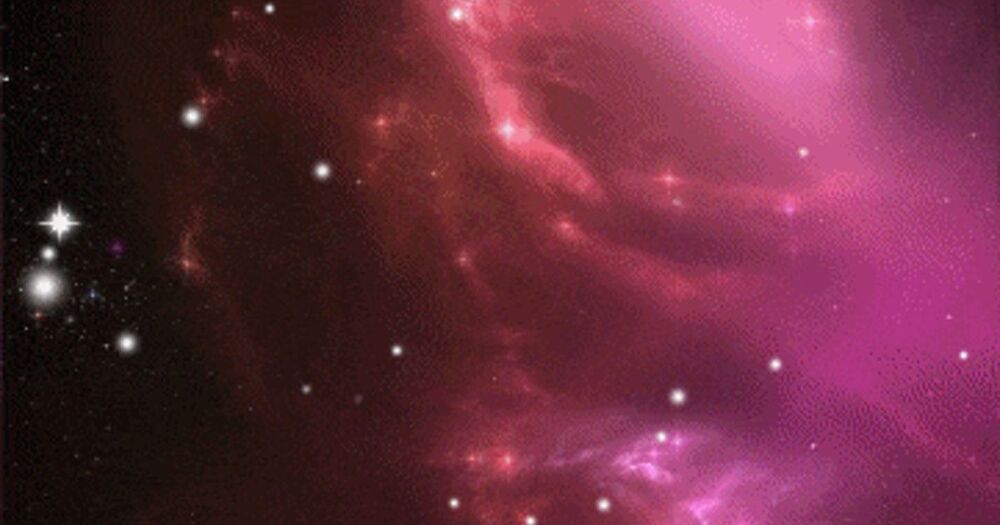New image made using NASA ’s Chandra X-Ray Observatory hints at previously unknown interstellar energy source at the Milky Way center.
New research by University of Massachusetts Amherst astronomer Daniel Wang reveals, with unprecedented clarity, details of violent phenomena in the center of our galaxy. The images, published recently in Monthly Notices of the Royal Astronomical Society, document an X-ray thread, G0.17–0.41, which hints at a previously unknown interstellar mechanism that may govern the energy flow and potentially the evolution of the Milky Way.
“The galaxy is like an ecosystem,” says Wang, a professor in UMass Amherst’s astronomy department, whose findings are a result of more than two decades of research. “We know the centers of galaxies are where the action is and play an enormous role in their evolution.” And yet, whatever has happened in the center of our own galaxy is hard to study, despite its relative proximity to Earth, because, as Wang explains, it is obscured by a dense fog of gas and dust. Researchers simply can’t see the center, even with an instrument as powerful as the famous Hubble Space Telescope. Wang, however, has used a different telescope, NASA’s Chandra X-Ray Observatory, which “sees” X-rays, rather than the rays of visible light that we perceive with our own eyes. These X-rays are capable of penetrating the obscuring fog — and the results are stunning.
